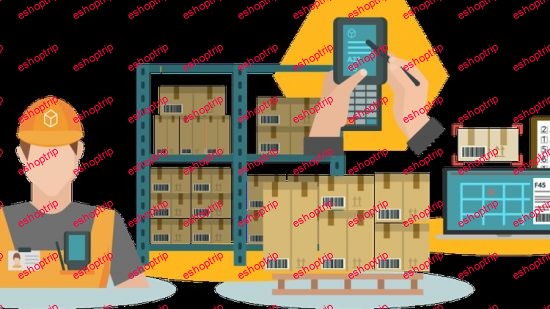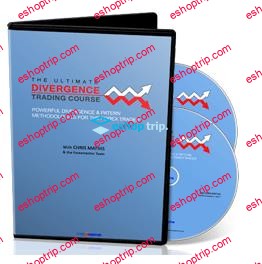Genre: eLearning | Language: English + srt | Duration: 7 lectures (2h 13m) | Size: 1.67 GB
Learn to read institutional order flow using Supply Demand on larger time frames
What you’ll learn:
Supply & Demand Institutional Trading for most financial products including Forex, Commodities and Cryptocurrencies
How to identify Supply/Demand Areas on the chart correctly
How to determine whether S/D areas are strong or weak
Q Points© – proprietary method and missing link to S/D trading
Basics of Swing Trading
Requirements
Being able to read Candlestick Charts
1 year+ trading the markets
Knowing types of orders (limit, stop loss, pending, at-market, sell stop, buy stop)
Description
My courses are a result of trading the markets over the last 13 years.
Seven of those years I’ve traded professionally for three different prop trading companies in London and Chicago.
In the last three years, I’ve been creating mechanical trading systems as a managing director of a small fintech startup called Blahtech.
I collaborate with a team of three elite engineers who come from bulge bracket investment banking background.
This introduction course represents the first 6 lessons of 40 lectures from our comprehensive Professional Development Program on the main website.
You’ll learn to recognise ‘footnote’ Supply/Demand levels around which you will plan the direction of your trades. I also teach you my own concept of Q Points©.
Q Points are the missing link to S/D trading and an invaluable tool for weeding out non-relevant areas.
Q Points© are my proprietary trading concept – you won’t come across them anywhere else.
This particular course will begin the journey to wean you off bad habits and wild-man scalping. It will steer you away from retail lagging tools to teach you how to view Supply/Demand levels that matter.
You’ll learn to apply real-time price action reading to these institutional Supply/Demand levels. I also set you on a path to determine whether your trade will have enough ‘space’ for a statistically correct risk/reward ratio (the amount you risk vs the expected amount of taking profits).
The reason why S/D levels on large timeframes are so efficient is because there is so much trading information over long periods of time.
But also because institutional traders need deep liquidity pools to execute huge institutional orders that go into thousands of lots (we’re talking positions in excess of $300-500 million).
In order to save on execution costs (to ensure the order is filled in as little trades as possible), institutional market makers will move the price up or down by using some of the allocated funds to bring the price to the levels where the huge several thousand lots orders can be filled in a cost-effective way. You will learn how to spot these big players on medium and larger timeframes.
This course creates an introduction for an organised trading mind and a systematic, repeatable approach to finding trade locations at levels where institutions trade.
The methodology of market mechanics through Supply/Demand can be applied to most markets, including soft commodities such as gold and crude oil, forex, equity indices, individual stocks and cryptocurrencies.
Requirements:
You must have some previous trading experience and a very good skill of candlesticks reading.
While this course may be used by beginners, it is best suited for those who have already traded for a while (ideally 1 year+).
Ideal students will be looking to advance their skills to a more serious level by adding an analytical approach to their trading performance.
You will require patience and persistence. In some cases, big changes to your own behavioral psychology will be needed on this journey.
Trading is neither simple nor easy. While this high income skill has the potential to bring windfalls to certain individuals who are emotionally resilient and analytical enough to keep going, it remains one of the toughest skill to master.
This is mainly due to the sheer amount of information you must remember and cross-check when the opportunity presents itself.
If you’re looking for a get-rich-quick, “simple” trading system then my courses are not for you.
If that’s what you’re after, I would highly advise you to stick away from any kind of trading altogether with that kind of mindset. You’ll save yourself a lot of time and trouble.
Who this course is for:
Traders who are struggling to reach profitability
Traders interested in supply/demand institutional trading strategies
Swing traders who are looking to advance their skills further
If you wish to move forward with your trading skills, enroll now.
See you on the inside!
Who this course is for
Traders who are struggling to reach profitability
Traders interested in supply/demand institutional trading strategies
Swing traders











Reviews
There are no reviews yet.